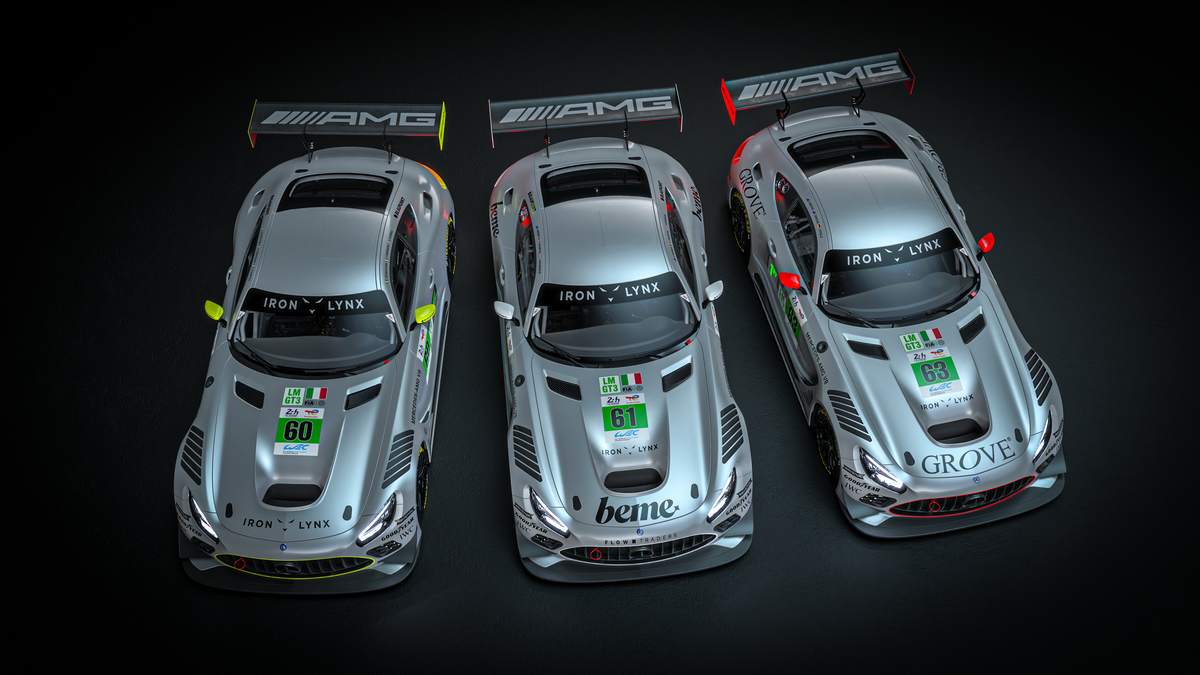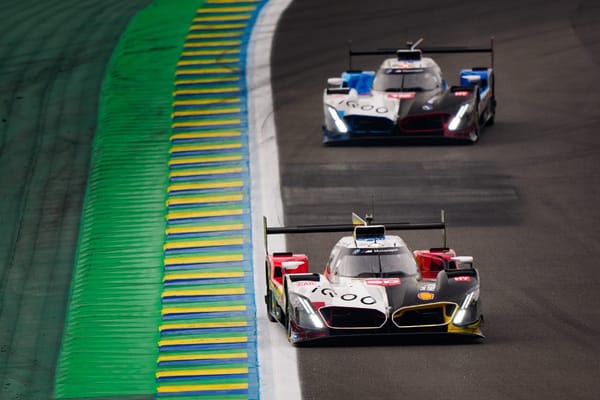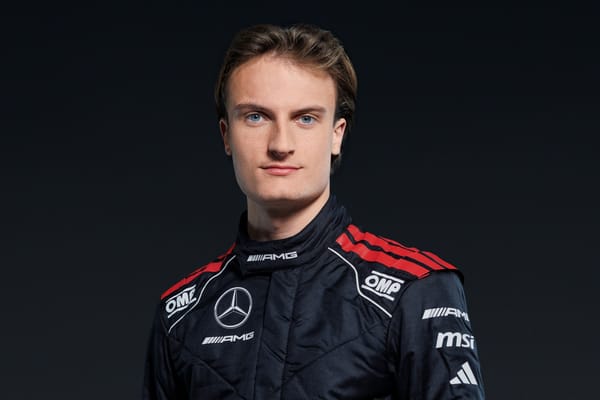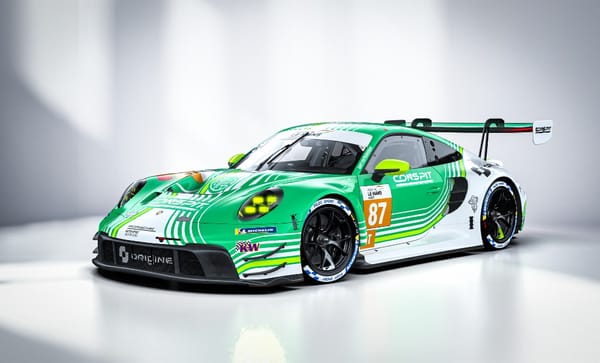Mercedes-AMG Returns to Le Mans GT3 with C9 Tribute
After more than two decades away, Mercedes-AMG will return to the 24 Hours of Le Mans in 2025

After 26 years away, the Mercedes-AMG name will return to the 24 Hours of Le Mans in 2025. It’s not a top-class prototype entry, as some might have hoped, but a full-blown LMGT3 effort, with three AMG GT3 Evo cars fielded by the Customer Racing team Iron Lynx.
This marks the brand’s first entry into the French endurance classic since 1999. That race didn’t go well for the CLR project, and not many inside AMG would likely want to dwell on that chapter. Still, Le Mans carries weight. And this time, the approach is very different.
The LMGT3 campaign will see Iron Lynx run three cars wearing race numbers #60, #61 and #63. All three feature a silver livery that pays homage to the 1989 Sauber-Mercedes C9, one of the most famous “Silver Arrows” to ever lap Circuit de la Sarthe. Is the term slightly misplaced on a GT3 car? Maybe. But it’s hard to argue with the intent. The connection to Mercedes’ past success in endurance racing is clear, even if this is a customer team entry in a production-based class.
Christoph Sagemüller, head of Mercedes-AMG Motorsport, described it as “a goosebump moment,” calling the return “a dream come true” for AMG and its customers. “The new LMGT3 category in the FIA World Endurance Championship offers the ideal stage for our Customer Racing teams,” he added. “To be present at the Circuit de la Sarthe with three Mercedes-AMG GT3s makes us extremely proud.”
The business logic is sound. The LMGT3 category, with its balance of performance regulations and global exposure, fits well with AMG’s customer racing model. There’s no need to spend hundreds of millions to be seen at Le Mans anymore. And for customer teams, being there at all is a serious achievement.
That doesn’t mean the scale of the challenge is being underestimated.
Matteo Cairoli will take the start of his ninth Le Mans this year, sharing the #60 car with team regulars and co-drivers. “It’s a very special moment for all of us,” he said. “It’s my ninth participation, but the first one for Mercedes-AMG. We’re really looking forward to the event, and we’ve been working hard to be ready.”
There’s experience across the squad. Maxime Martin joins the #63 car and has done this before. “Le Mans is always special,” he said. “We know the competition will be strong. It will be our first time here with AMG, so there are some unknowns, but we’ve got a strong team and good preparation.”
Luca Stolz, returning after a five-year gap, will also be part of the line-up. “It’s an honour to be back at Le Mans,” he said. “The circuit is unique, the atmosphere is incredible, and to return here with Mercedes-AMG and Iron Lynx is something I really value.”
The third car, #61, will feature a family debut. Australian team Grove Racing will enter with father-and-son pairing Stephen and Brenton Grove. At 20 years old, Dutch driver Nicky Catsburg Hodenius will be the youngest of the Mercedes-AMG GT3 drivers.
You could say the line-up blends depth and sentiment. Drivers with WEC experience, some with previous Le Mans outings, and a mix of professional and amateur entries—a reflection of how the LMGT3 class is structured. Everyone races together, but the rules account for varying driver ratings and abilities. The BoP-managed field is designed to keep things competitive across manufacturers.
The AMG GT3 Evo, introduced for customer racing, is familiar to most GT3 paddocks, but less so at Le Mans. The race remains unique: 13.626 kilometres of fast straights, public roads, low grip in the early hours, traffic, fatigue. Not quite a sprint, but not really the endurance test it used to be either. That’s part of the appeal.
Stefan Wendl, head of Mercedes-AMG Customer Racing, said the team has prepared in detail. “We are taking on this challenge with great motivation. The trust of our teams and drivers honours us. We are well-prepared and are looking forward to this highlight of the motorsport year.”
For Mercedes-AMG, this effort isn’t just about going racing. It’s about being seen. Supporting Iron Lynx at Le Mans gives AMG visibility in a race watched by manufacturers, fans, and the wider automotive world. And doing so in a category that reflects its road car roots, rather than diving into a costly prototype programme, suggests a more sustainable strategy.
Still, there’s something slightly jarring about seeing a “Silver Arrow” badge on the grille of a GT3 car. The label has traditionally been reserved for Mercedes’ top-tier machinery. But perhaps that’s the point. The line between customer and factory efforts is increasingly blurred, especially when the factory supports in the background.
It’ll be the first time Mercedes-AMG Customer Racing lines up on the Le Mans grid. The last time anything bearing the three-pointed star raced in the premier class here was 1999. A lot has changed since then.
The return might not make headlines the way a Hypercar entry would. But for fans of the brand, and perhaps for those who follow GT racing more closely than the average Le Mans viewer, it’s a moment worth paying attention to.
Because sometimes, being back is enough.





